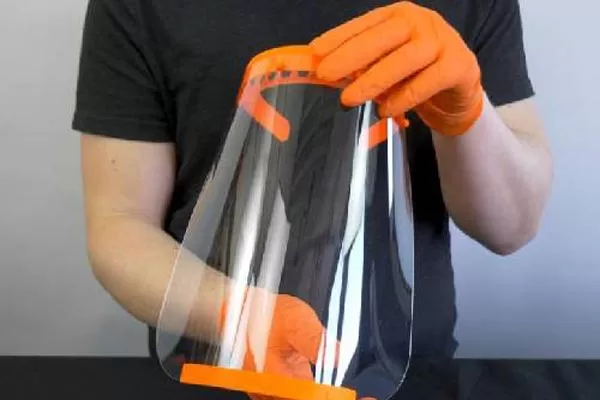Before the pandemic, the global supply chain was so productive and reliable that it was not visible to its customers. It was running efficiently in the background so, we don’t expect to encounter issues with it.
However, many industries are experiencing issues with their supply chain. It all started with the coronavirus outbreak, and then the problem just snowballed. With plenty of containers stranded, it has also brought a more compounding issue – shortage of vital parts.
The good news is several tools can help in solving these issues brought about by supply chain issues. Among them is additive manufacturing is known as 3D printing and cloud-based software. Both tools allow companies to design, create prototypes and implement improvements in just a single platform.

3D printed masks
3D Printing to the Rescue
For many companies who want to reduce their dependence on problematic supply chains, 3D printing can offer several benefits.
It enables their product engineers to design, prototype, improve and do repeated iterations. They don’t have to allocate a lot of money in creating molds like in injection molding. Since 3D printing is a software-driven process, when the part is ready for production, all it needs is to load the file in the printer and print. It is the most ideal since the part will be as close to the customer as possible.
This is one of the advantages of 3D printing. The speed in creating a part is better than the traditional methods of creating physical prototypes and modifications on the design can usually take months, even if you take the supply chain issues out of the equation.
Speaking of the supply chain, it also solves the shortages of materials brought about by port congestion and other logistic issues. Printing is also customizable, it can print in small or big quantities.
Responding to Change
The pandemic has driven companies to cope and make strategic changes in the way they operate. They have successfully adapted by implementing them to hurdle the obstacles. These companies who are at the forefront of innovation have included 3D printing in their process because it is faster and more secure in delivering their products to the market. It is now being used in many industries like automobile manufacturing, medical supply, and the rest due to its ability to create, iterate and create on a single system.
Those who are considering a shift to 3D printing will find a warm welcome from product developers and engineers who were already pushing for its use years back. Many of them find 3D printing to be more favorable because they have better control over their work and don’t have to rely on their offshore partners.
However, there are also some drawbacks to 3D printing. For example, it takes a considerable amount of time and money to establish the 3D printing process. Fortunately, there are outside production partners that can help. In the end, the cost is lesser than other outdated methods of manufacturing. Also, producing parts near the customer can save time and money on shipping.
